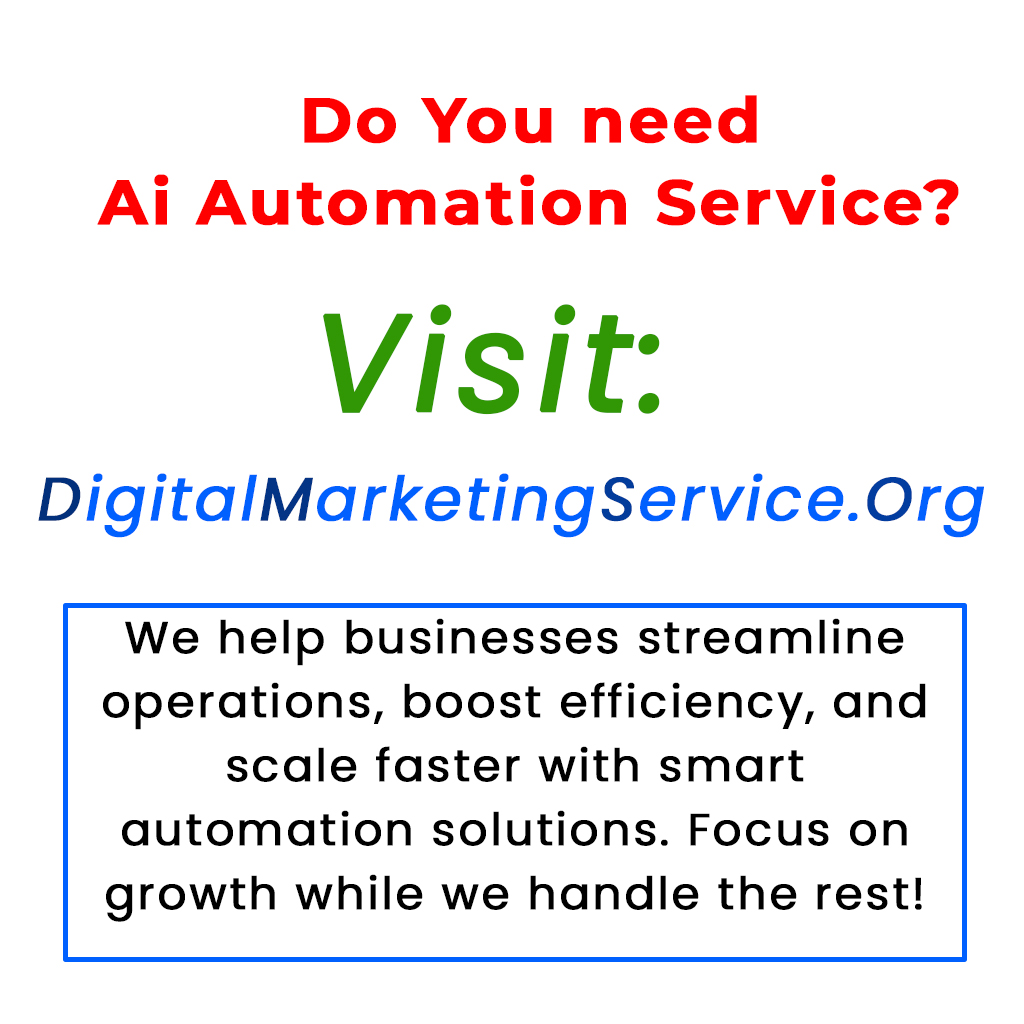This discussion highlights the benefits of using WebSocket connections for AI agents, suggesting that they should actively push information to users instead of waiting for prompts. Traditional Q&A models make AI feel more like a tool than a proactive assistant. By implementing WebSockets, AI can send real-time updates, notify users of important findings, and provide a seamless experience across multiple devices. This approach allows the AI to react to events and information dynamically, mimicking the behavior of a true assistant. The author also offers support for integrating this feature into existing systems, emphasizing its potential to enhance user interaction with AI.
Title: Enhancing AI Agents with Real-Time Communication
In today’s digital age, the use of AI agents is rapidly growing, and a recent idea has sparked an interesting discussion about their improvement. The question posed is whether establishing a WebSocket connection between AI agents and clients could enhance their effectiveness. Traditionally, AI agents operate on a Q&A model, where users ask questions and wait for responses, which can feel more like using a tool rather than interacting with a true intelligent assistant.
Real-time communication through WebSocket could change that dynamic. Here are some thoughts on how this could work:
-
Real-Time Updates: With a WebSocket connection, AI agents could continuously send updates to users about ongoing tasks, such as analysis results or findings, rather than waiting for the user to check back.
-
Proactive Reactions: Imagine an AI that doesn’t wait for you to prompt it. Instead, it reacts to new information or events in real time, similar to how a human assistant might. This could make interactions feel much more natural and intuitive.
- Synchronized Experiences Across Devices: If you’re using the AI agent on multiple devices, a WebSocket connection would ensure a consistent experience. This means any updates or notifications would reach you regardless of which device you’re using.
Some ideal scenarios for using WebSocket with AI agents include:
- Sending interim analysis results during lengthy tasks.
- Notifying users instantly about scheduling conflicts or updates.
- Alerting users about important emails or client responses through integration with other systems.
To implement this, an effective architecture might involve setting up a dedicated WebSocket session for each user, allowing the backend to manage reasoning, planning, and updating clients in real time.
In conclusion, the idea of integrating a persistent connection model with context awareness and proactive notifications aligns well with the future of AI assistants. This innovative approach could pave the way for more human-like interactions with technology. If you’re using a system based on Spring Boot and Weaviate, exploring a WebSocket communication module could be a great next step.
Tags: AI agents, WebSocket communication, real-time updates, proactive AI, intelligent assistants, technology innovation.
What is an AI agent?
An AI agent is a computer program that can perform tasks on its own. It uses artificial intelligence to make decisions, learn from experiences, and solve problems without needing constant human help.
How do AI agents learn?
AI agents learn by analyzing data and using algorithms. They can improve over time by gaining experience and recognizing patterns, much like how humans learn from their mistakes and successes.
What are the benefits of using AI agents in our community?
AI agents can help make our lives easier by automating daily tasks, providing personal assistance, and improving efficiency in various areas like healthcare and education. They can also offer quick responses to questions and enhance service delivery.
Are there any risks associated with AI agents?
Yes, there are some risks. AI agents can sometimes make mistakes or operate on biased data, leading to incorrect conclusions. Privacy is another concern, as they might collect personal information without proper safeguards.
How can our community embrace AI agents positively?
Our community can embrace AI agents by fostering awareness and education about their use. Encouraging responsible development and ensuring ethical guidelines can help maximize benefits while minimizing risks.






